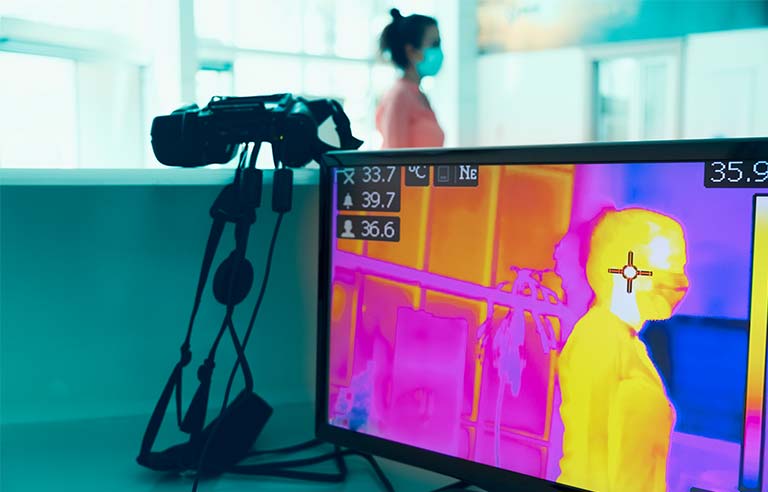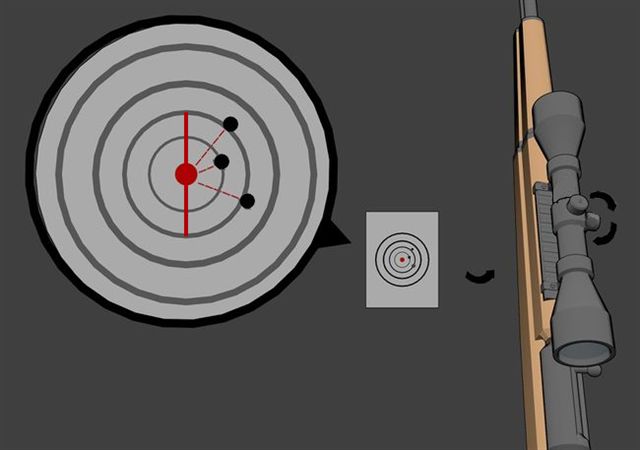Decide what you’ll be using your binoculars for
If you’ve decided to buy a pair of binoculars, the first thing to do is determine what situation (or situations) you’ll be using them in. For example:
- If you’re planning on using your new bins for bird watching, but not much else, perhaps an 8×42 or 10×50 would suit you best. Bird watchers tend to like larger and higher magnifications binoculars (because they might often find themselves far away from their subject), but working with shorter, wider objects means that smaller and lower-powered magnification can work just as well.
On the other hand…
- If you want some quality optics for general use – say camping & hiking, movies, or music concerts – it might be worthwhile to invest in a versatile pair such as 10×50’s. They’re much more cost-effective than buying a cheaper and lower quality 8x, and then an expensive and high quality 12x (or even 32x!) for your astronomy needs later on down the track!
- Does size matter? While the majority of birders and hunters tend to prefer larger binoculars; those who travel often may prefer smaller ones. A good rule of thumb is: “the smaller, the better”! You’ll avoid attracting attention with your flashy new optics , begin learning where to place your hands comfortably (without having them obstructing your view), and they fit easily into any tight spaces – like an airplane’s overhead compartment!
- Just because you can afford to buy the best binoculars money can buy, that doesn’t mean you should . It certainly helps if your budget is big enough – but it’s more important to get a pair which suits your needs. This way, you’re more likely to get good use out of them. If they sit at the bottom of your cupboard collecting dust, chances are they weren’t worth buying in the first place…
Consider the size and weight of the binoculars
- Smaller binoculars – say, 7 x 35’s or 8×25’s – are great for day-to-day use in the city. They’re easy to handle and hold steady, plus they can be stowed away easily. These are often best suited for non-outdoor activities, where you’d need something more powerful to see clearly through your optics .
- Larger binoculars , such as 10×50 or 12×60 are ideal for hiking, camping & hunting trips where there is plenty of light. They allow you to spot objects efficiently at a greater distance, while providing enough magnification power to resolve fine details. However; these larger models tend to come with extra weight – so if you’re travelling light, consider the size/weight ratio carefully .
- Very large binoculars – say, 16 or 20×80’s – are incredibly powerful. They offer a lot of magnification, but can be prohibitively heavy to use over long periods of time (and tend to be very expensive). These are best suited for stationary activities , such as astronomy or nature study.
Make sure the optics are high quality
- The quality of your binoculars is measured by three major criteria: magnification, aperture, and prism design.
- Magnification refers to the size of an object – i.e.: how much closer it looks than it actually is. Binoculars which offer greater magnification also generally provide a smaller field-of-view (hence potentially making them harder to use).
- Aperture , or ‘objective diameter’ describes the width/diameter of the front lenses. The wider they are, the more light can be gathered – meaning you’ll see objects more clearly in low-light conditions such as dusk or dawn. It’s important to consider all these factors when deciding what magnification is best for you.
- Most mid-priced binoculars have BAK4 roof prisms, which provide the clearest image and sharpest colours. You can also get porro prisms or ‘BaK-7’ models in more expensive optics , but they don’t tend to be as well-suited to astronomy use .
- All good quality binoculars will offer a minimum of 8x magnification – anything less means you’re not getting your money’s worth!
- Avoid cheap no-brand binoculars that lack a proper warranty – since it’s likely that they haven’t been tested properly before being sold. Optics from reputable brands such as Swarovski, Steiner, Zeiss, Vortex and Leica will last a lifetime if looked after properly.
Check the warranty and customer service policies
- All good quality binoculars come with a 2-year warranty, so if something goes wrong you can get it repaired or replaced without too much of an inconvenience.
- It’s also worth checking the customer service policies of the company – do they have local reps who provide on-site warranties? If not, be sure to double check that getting any repairs done won’t cost you an arm & a leg!
Test them out first!
- You should also test your optics before buying them. Make sure they are working correctly and show images as clearly as possible. The store will usually offer you their own demo models for this purpose – but don’t take their word for it! Ask to try some other models too; and make sure you don’t leave until you’re satisfied that your optics work properly.
- Most optics retail stores will offer a full refund if the binoculars prove to be faulty – so there’s no need to worry about trying them out first!

